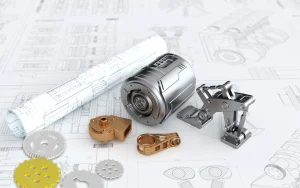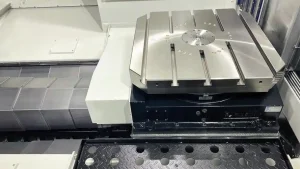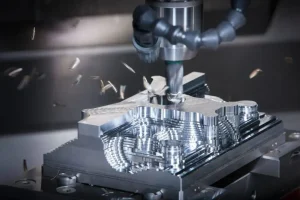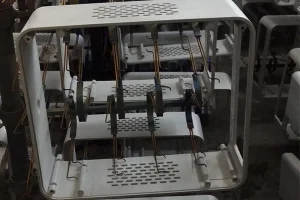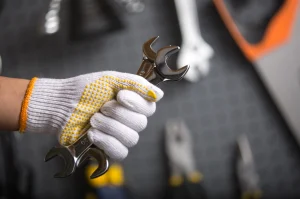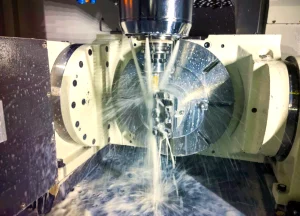Effectively applying different CNC tool parts for turning is a proven solution to reducing machining costs. Perciò, selecting the appropriate CNC tool requires understanding not only the tool material but also its geometry. However, the scope of cutting geometry design is quite broad. Here, we will focus on the application of the most common cutting angles: rake angle and clearance angle, and their impact on cutting performance.
Rake Angle of CNC Tools
Generally speaking, the rake angle significantly influences cutting force, chip evacuation, and tool durability.
The Impact of the Rake Angle of CNC Tools
- A large positive rake angle results in a sharper cutting edge.
- Each 1-degree increase in rake angle reduces cutting power by 1%.
- Excessively large positive rake angles reduce cutting edge strength; excessively large negative rake angles increase cutting forces.
CNC tools with large negative rake angles are used for:
- Cutting hard materials.
- When a strong cutting edge is required for interrupted cutting and for cutting surfaces containing black skin.
CNC tools with large positive rake angles are used for:
- Cutting soft materials.
- Cutting easy-to-cut materials.
- When the workpiece and the machine tool have poor rigidity.
Benefits of Using a Rake Angle in CNC Tool Cutting
- Reduces resistance during cutting, thereby improving cutting efficiency.
- Lowers temperature and vibration during cutting, improving accuracy.
- Reduces tool wear and extends tool life.
- With the correct tool material and cutting angle, tool wear decreases and cutting edge reliability improves.
Disadvantages of an Excessively Large Rake Angle
- An increased rake angle reduces the tool’s angle of entry into the workpiece and lowers cutting efficiency. When cutting hard workpieces, this may cause rapid tool wear or chipping.
- When the tool material lacks strength, it is difficult to maintain cutting edge reliability.
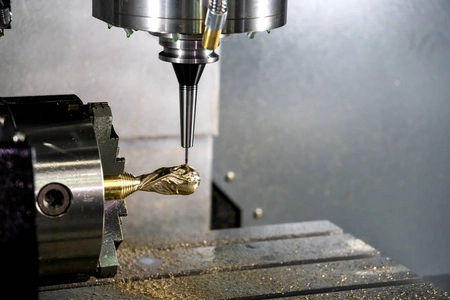
Clearance (Back) Angle of CNC Tools
The clearance angle reduces friction between the tool flank and the workpiece, allowing the tool to cut freely into the material.
The Impact of the Clearance Angle on CNC Tools
- A larger clearance angle reduces positive tool wear.
- A larger clearance angle reduces tool tip strength.
A small clearance angle is used for:
- Cutting hard materials.
- When high cutting strength is required.
A large clearance angle is used for:
- Cutting soft materials.
- Cutting materials that easily harden.
Benefits of Clearance Angle Cutting
- A large clearance angle reduces tool flank wear. If rake wear is not excessive, this extends tool life.
- When cutting ductile and soft materials, welding tends to occur between the workpiece and tool flank. This increases resistance and reduces accuracy. Using a larger clearance angle avoids this issue.
Limitations of CNC Tool Cutting with Clearance Angles
- For materials with low thermal conductivity (e.g., titanium alloys, stainless steel), a large clearance angle accelerates rake face wear and may cause tool breakage.
- While a large clearance angle reduces flank wear, it accelerates edge degradation. Cutting depth decreases, affecting accuracy, so regular tool angle adjustments are required.
- When machining hard materials, excessive clearance angles create high resistance, causing rake corners to chip or break under compressive forces.

